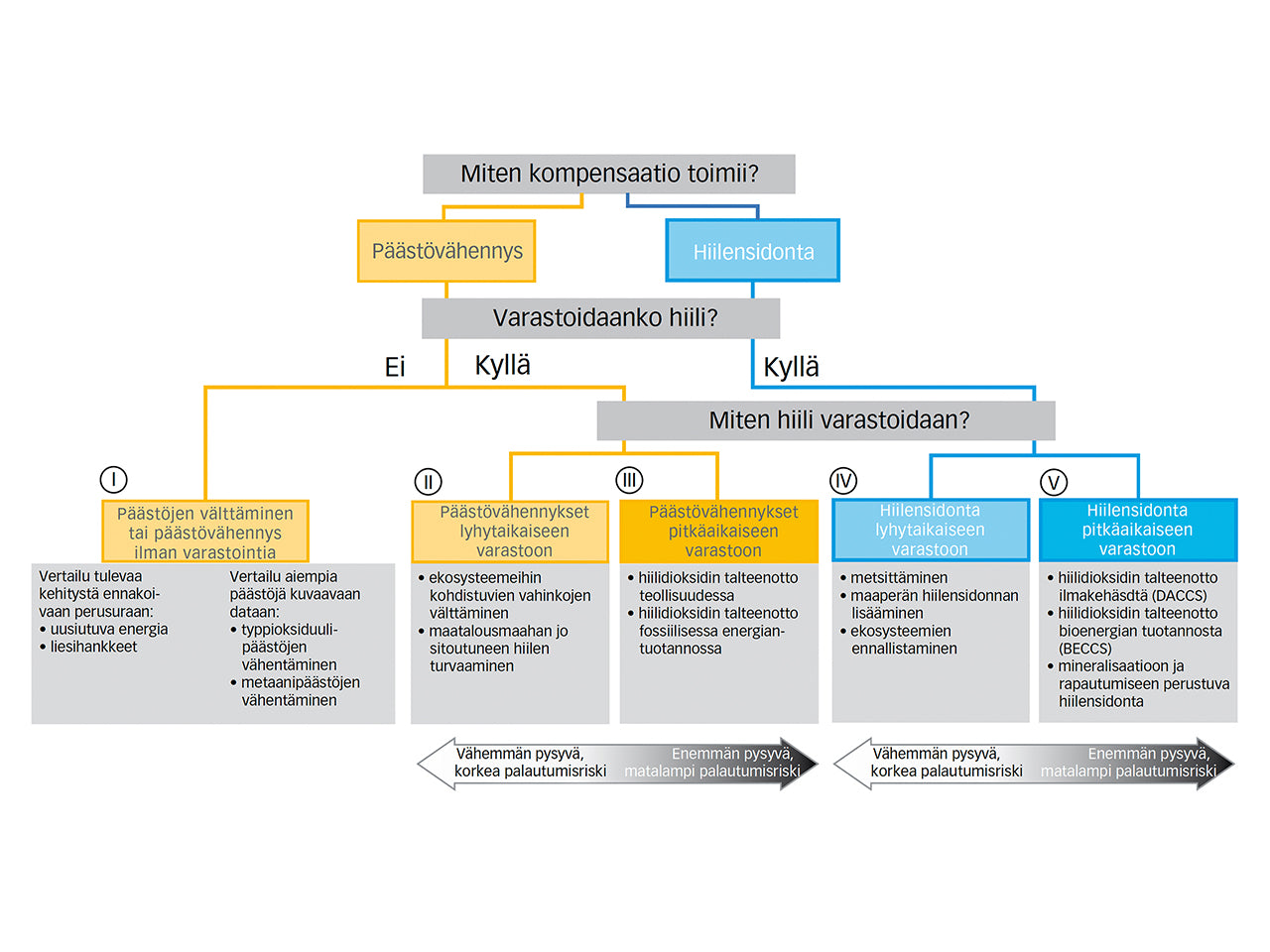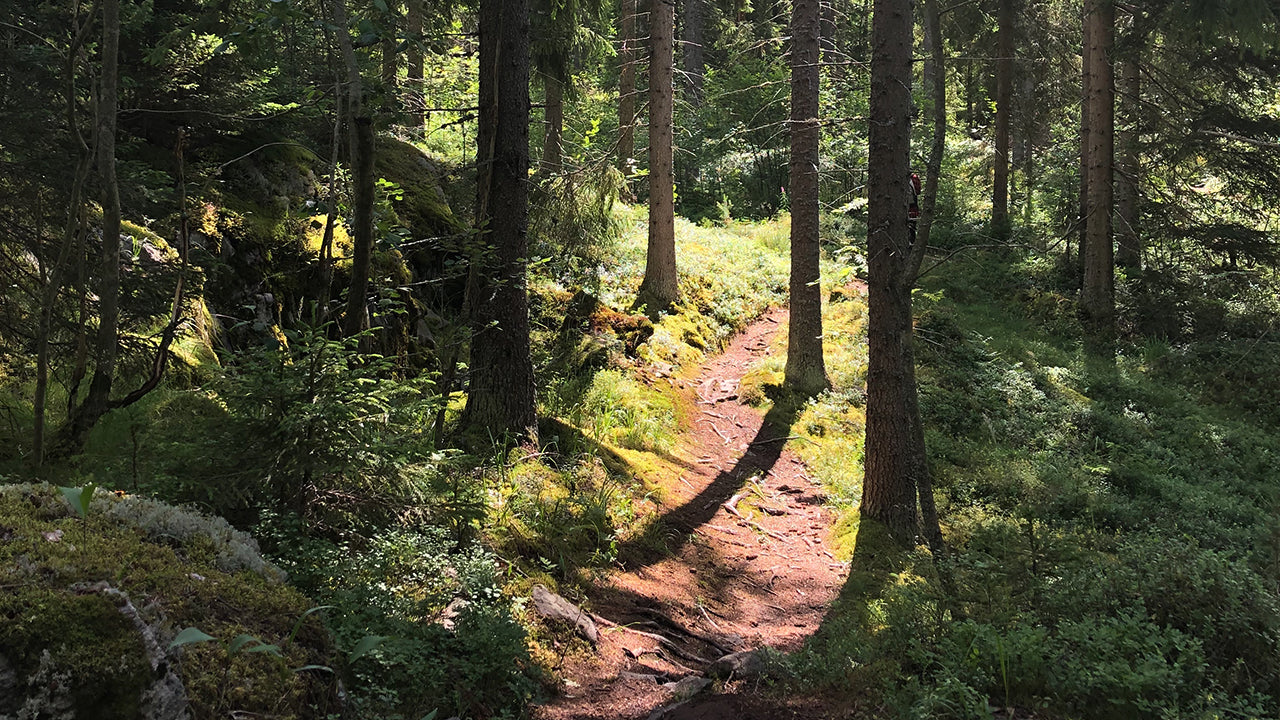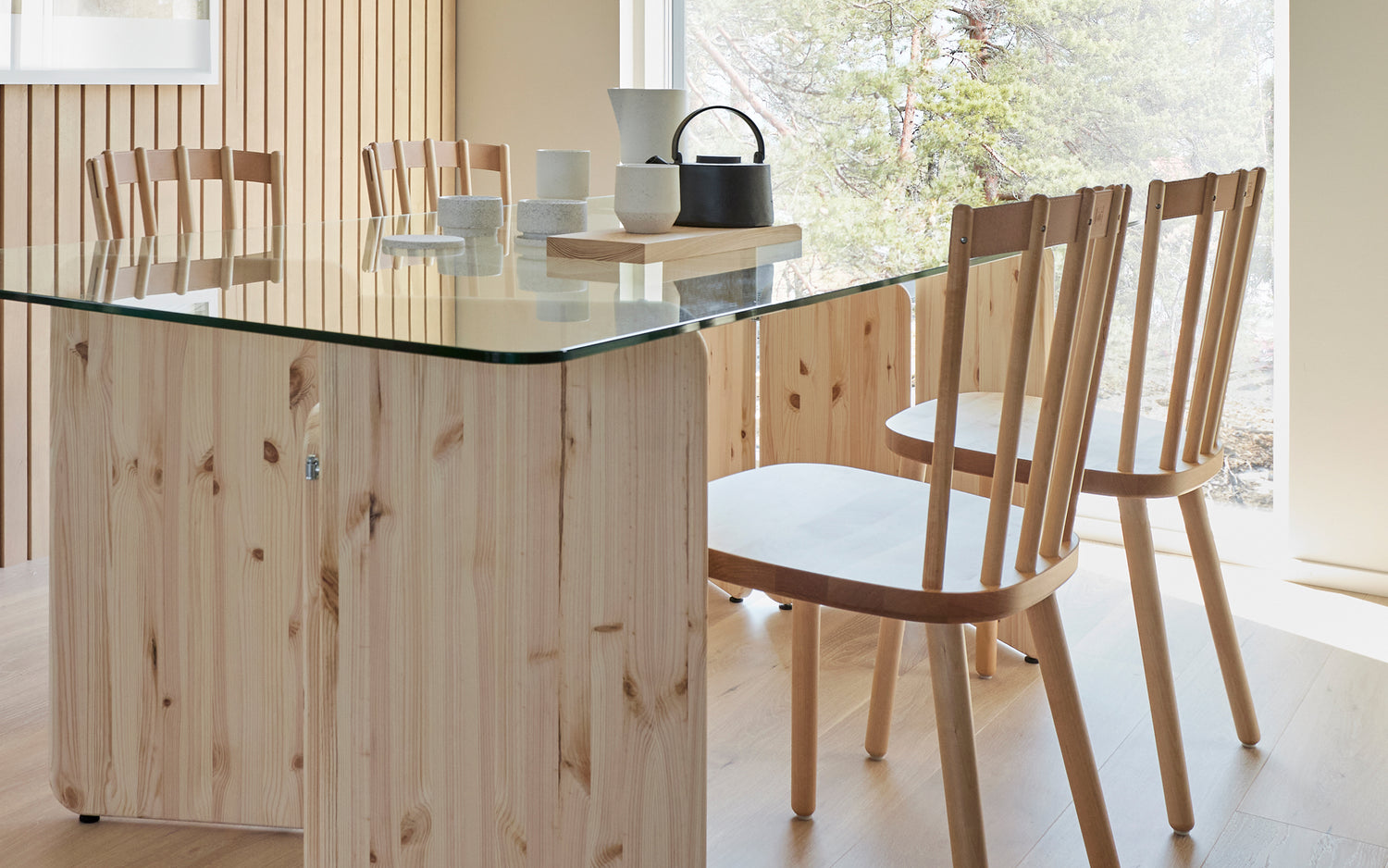How do we offset our emissions?
In our view, offsetting our own emissions through emission compensation makes no sense, because we would be effectively paying someone else to reduce their own emissions. This carbon offset payment would be made through intermediary companies and the actual climate impact is questionable. This is why we decided to look at carbon sequestration.
The purpose of carbon sequestration is therefore to remove carbon from the atmosphere. There are several ways to do this, some based on carbon capture through technology and others based on ecosystem restoration and increasing carbon sequestration capacity. Of these options, we have chosen the method based on planting trees. In this way, we can minimise the net environmental impact of our products in a way that is strongly linked to our other activities and products.
Offsetting carbon footprint by planting trees may seem silly in a country where planting trees or otherwise ensuring forest regeneration is part of normal forest management. On the other hand, if we were to compensate by planting trees somewhere abroad, it would be uncertain whether the promised carbon sequestration would actually occur and whether the effect would be as long lasting as calculated and promised. Even though the acceleration of global warming due to emissions is a global problem that does not respect national borders, we still felt that this was the best and most reliable way to implement our offsetting here in Finland.

Picture: Finnwatch report ‘Anekauppaa vai ilmastotekoja’ chart 3. (original source University of Oxford: The Oxford Principles for Net Zero Aligned Carbon Offsetting, September 2020).
The risks of offsetting
We are not the only company to use wood in our products, and we hope that the use of wood will increase in the future. There is therefore a risk that the forests we use to offset our carbon footprint may be harvested for other purposes. There is also the possibility that the logging pressure caused by the use of wood will simply shift from the areas protected to ensure carbon sequestration to other areas. For these reasons, it is important to consider the areas where carbon offsetting based on tree planting will be implemented. In our case, offsetting is done by planting forests in areas that are not naturally afforested. By planting on unproductive land, we avoid transferring deforestation pressure to neighbouring forests, which could happen if we simply protected the existing forest.
Forests are vulnerable to various types of damage, such as fire and pests. Therefore, more forest is planted than is sold as offsets, so that the 'extra' trees provide a buffer for carbon stocks. The calculation of offsets also excludes the carbon sequestered in the soil and the reduction in emissions from the soil due to afforestation. In addition, a healthy forest with a high level of biodiversity is more resistant to various pests. This is to ensure that the promised compensation is obtained despite the risks.
Compensation in practice
To calculate the climate impact of offsetting, we use tools developed by the Natural Resources Institute Finland to monitor biomass growth. Approximately 50% of the dry weight of the mass of the tree species found in Finland is carbon. For example, the dry weight of coniferous tree is 380-403 kg/m3, depending on the species. Using this information, it can be calculated that one cubic metre of coniferous tree has absorbed about 190-201 kg of carbon (C) from the atmosphere, which means 703-745 kg of carbon dioxide (CO2). The carbon stored in tree remains there until it is burned, for example by decay or fire. In addition, as a tree grows, it transfers carbon from the atmosphere to the soil, so the carbon storage generated by a single tree is greater than the carbon contained in the tree itself.
To make it easier to understand, the average volume of logs ready for felling in a managed forest is about 1 m3, which, depending on the diameter of the trunk, will yield 1-2 logs for the mechanical forest industry and a few pulp logs for a pulp mill, for example. It is estimated that such a tree has absorbed 200 kg of carbon from the atmosphere during its growth, which is equivalent to about 745 kg of carbon dioxide. This means that one pine seedling can offset the emissions of 3-4 day-night sofas or a petrol-driven car over a distance of about 5000 km during its growth. The difference is that the emissions of a Day&Night sofa bed are always offset.

Offsetting your carbon footprint is a voluntary activity that any company or individual can do if they wish. We have chosen afforestation as our offsetting method, which does not mean it is the only right or best way. For us, it is the most appropriate way at the moment, and we encourage other companies to find the most appropriate way to reduce and offset their necessary emissions. In this way, we can achieve a diversified climate impact and reduce the risk of offsetting failing altogether.
(Sources: the Finnwatch report "Anekauppaa vai ilmastotekoja? Vapaaehtoisen päästökompensaation kysyntä, tarjonta ja laatu Suomessa", Puuinfo Oy website, Metsä Group website.)








